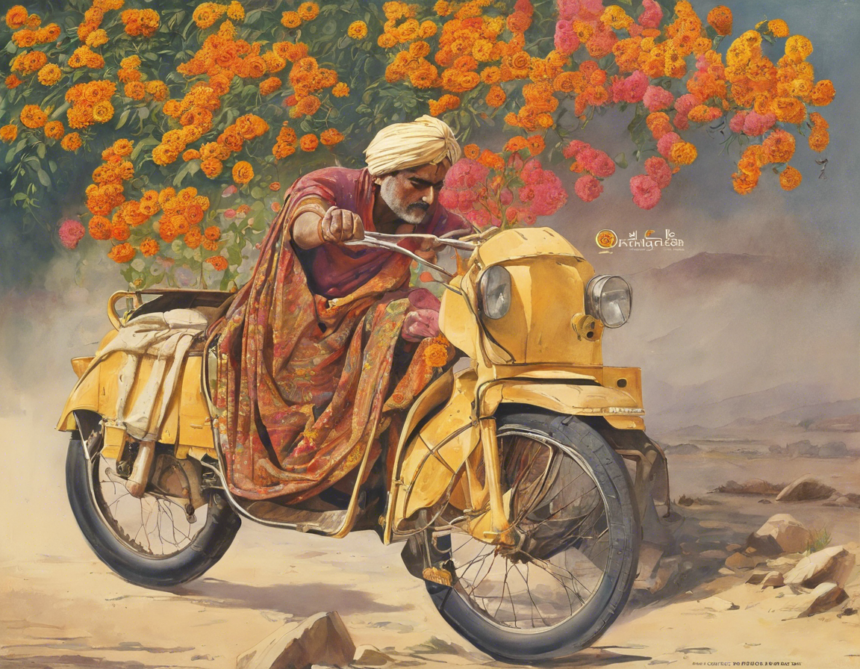Chameli ka phool, also known as the jasmine flower, is a symbol deeply embedded in various cultures and traditions across the world. Its significance goes beyond its fragrant scent and delicate appearance, carrying rich symbolism that has inspired poets, artists, and spiritual seekers for centuries. In this comprehensive article, we will delve into the symbolism of Chameli ka phool and its multifaceted meanings in different contexts.
The Beauty of Chameli Ka Phool
Jasmine is often regarded as a symbol of beauty and grace. Its white petals and sweet fragrance evoke a sense of purity and elegance. In many cultures, jasmine flowers are used in weddings and religious ceremonies to symbolize the purity of love and the divine presence.
Spiritual Symbolism
In the realm of spirituality, chameli ka phool holds deep significance. It is associated with divine love and spiritual awakening. In Hinduism, jasmine is sacred to the goddess Lakshmi, the deity of wealth and prosperity. Offering jasmine flowers to the goddess is believed to bring blessings and abundance.
Symbol of Hope and Renewal
Jasmine is also seen as a symbol of hope and renewal. The flower’s ability to bloom and release its fragrance at night is often seen as a metaphor for overcoming challenges and blossoming in adversity. In Persian culture, jasmine symbolizes the promise of a new beginning and the triumph of light over darkness.
Cultural Significance
Across various cultures, chameli ka phool holds a special place in literature, art, and music. In poetry, jasmine is often used to symbolize romantic love and longing. Artists have depicted jasmine flowers in paintings and sculptures as a symbol of beauty and femininity. In music, jasmine has been the muse for countless songs and compositions, evoking themes of nostalgia and yearning.
Healing Properties
Beyond its symbolic meanings, chameli ka phool is valued for its medicinal properties. Jasmine oil, extracted from the flowers, is used in aromatherapy for its calming and uplifting effects. The scent of jasmine is believed to reduce anxiety and promote relaxation. In traditional medicine, jasmine flowers are used to treat various ailments, including headaches and insomnia.
Cultivating Jasmine
Growing jasmine plants can be a rewarding experience, both for their beauty and fragrance. Jasmine requires warmth, sunlight, and moisture to thrive. Whether grown in a garden or in pots indoors, jasmine plants can bring a touch of elegance and fragrance to any space.
Frequently Asked Questions (FAQs)
Q: What does chameli ka phool symbolize in Indian culture?
A: In Indian culture, chameli ka phool symbolizes purity, beauty, and divine love. It is often associated with goddesses such as Lakshmi and is used in religious ceremonies and festivals.
Q: What is the significance of jasmine in weddings?
A: Jasmine is often used in weddings to symbolize purity, love, and new beginnings. Jasmine garlands are exchanged between the bride and groom as a sign of their union and devotion.
Q: Can jasmine flowers be used for medicinal purposes?
A: Yes, jasmine flowers have been used in traditional medicine for their healing properties. Jasmine oil is used in aromatherapy to reduce anxiety and promote relaxation.
Q: How do you care for a jasmine plant?
A: Jasmine plants require warm temperatures, sunlight, and regular watering to thrive. They can be grown indoors or outdoors, depending on the climate.
Q: What does jasmine symbolize in art and literature?
A: In art and literature, jasmine is often used to symbolize beauty, grace, and romantic love. It is a popular motif in poetry, paintings, and music, evoking themes of nostalgia and longing.
In conclusion, chameli ka phool is not just a fragrant flower but a symbol rich in meaning and cultural significance. Its beauty, fragrance, and symbolism have inspired generations of artists, poets, and spiritual seekers. Whether used in religious ceremonies, artistic expressions, or healing practices, jasmine continues to evoke feelings of love, purity, and hope across different cultures and traditions.


Leave a Reply